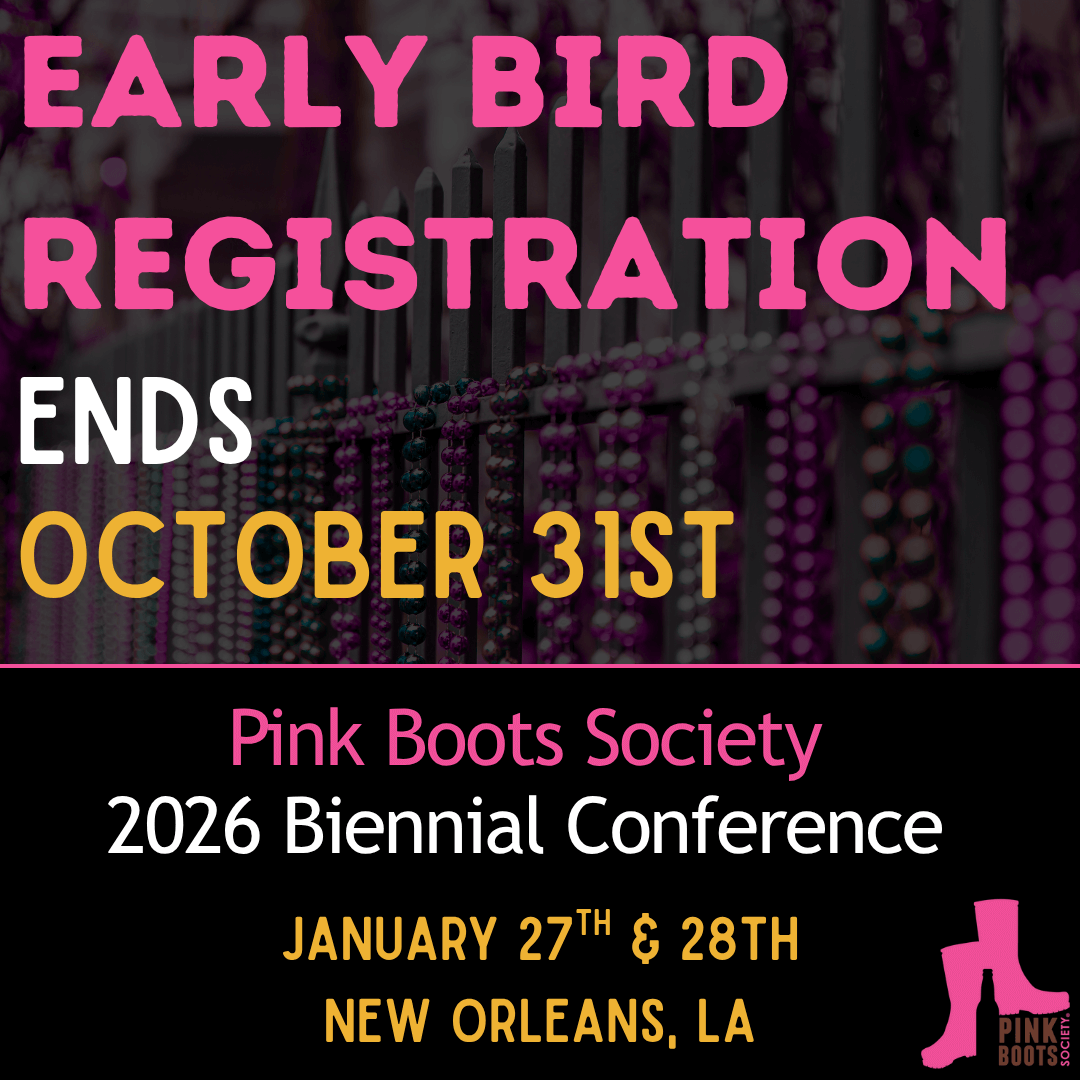Terms and Inclusive Language
Understanding Different Gender
Identities
Identities
Key Terms and Concepts
Gender Identity
An individual’s deeply-held sense of being male, female, a blend of both, neither, or something
else entirely. Gender identity may or may not align with an individual’s assigned sex at birth.
Cisgender
A person whose gender identity matches the sex they were assigned at birth (e.g., someone
assigned female at birth who identifies as a woman).
AFAB
An acronym standing for “assigned female at birth”
AMAB
An acronym standing for “assigned male at birth”
Transgender (Trans)
An umbrella term for individuals whose gender identity differs from the sex they were assigned
at birth. This includes but is not limited to trans men, trans women, and nonbinary individuals.
Non-binary
A gender identity that does not fit exclusively within the categories of male or female. Nonbinary
people may identify as having a gender that is a mix of both, neither, or fluid.
Genderqueer
An umbrella term to describe someone who doesn’t identify with conventional gender identities,
roles, expression and/or expectations. For some, genderqueer is a non-binary identification,
and for others it is not.
Genderfluid
A gender identity that changes over time. A genderfluid person may feel more aligned with
different genders at different times.
Two-Spirit
A term to describe Indigenous people who are sexual and/or gender minorities. The term is
inclusive of those who ‘walk between two genders’ or ‘carry two spirits’ and in the culture is
often thought of as a gift. The term Two-Spirit was established in 1990, at a conference in
Manitoba and is an English term to describe an identity that existed prior to colonization.
Note: not all Indigenous people feel comfortable with identifying as two-spirit.
Androgynous
A gender expression or identity that blends or is ambiguous in terms of masculinity and
femininity.
Pronouns and Respectful Language
- Always ask for and use a person’s correct pronouns. Pronouns can include:
o He/him
o She/her
o They/them (singular)
o Ze/zir or xe/xem (less common gender-neutral pronouns) - When in doubt, introduce yourself with your own pronouns and ask: “What pronouns do
you use?”
Gender-neutral pronouns
The singular “they” is the most common pronoun used by non-binary people, although
not the only one. While the traditional use of the singular “they” is for a person whose
gender isn’t known or isn’t important in the context, the new use of “they” is direct and
for a person whose gender is known but does not identify as male or female. And if
you’re ever unsure of an individual’s pronouns, just ask. Keep in mind the general
principle of self-identification.- It can also be helpful to indicate your pronouns in communication channels like in
your email signature. Not only does this provide the opportunity to self-identify, but it
also normalizes the process and indicates a safe environment for individuals who
identify as non-binary and/or trans.
Pronoun formatting and capitalization - When writing one’s pronouns, for example, in an email signature, choose the
pronouns most accurate and authentic to who you are and how you identify. There’s
no hard and fast rule for how to format and/or capitalize pronouns. Typically, you’ll
see pronouns divided by slashes (e.g., she/her/hers or they/them). Capitalization is
personal preference.
Why Understanding Gender Matters
- Fosters Respect: Using the correct terms and pronouns affirms people’s identities and
fosters an inclusive environment. - Builds Inclusivity: Understanding and acknowledging diverse identities helps create
safe spaces for everyone. - Reduces Harm: Misgendering or using incorrect terms can cause emotional harm and
alienation.

